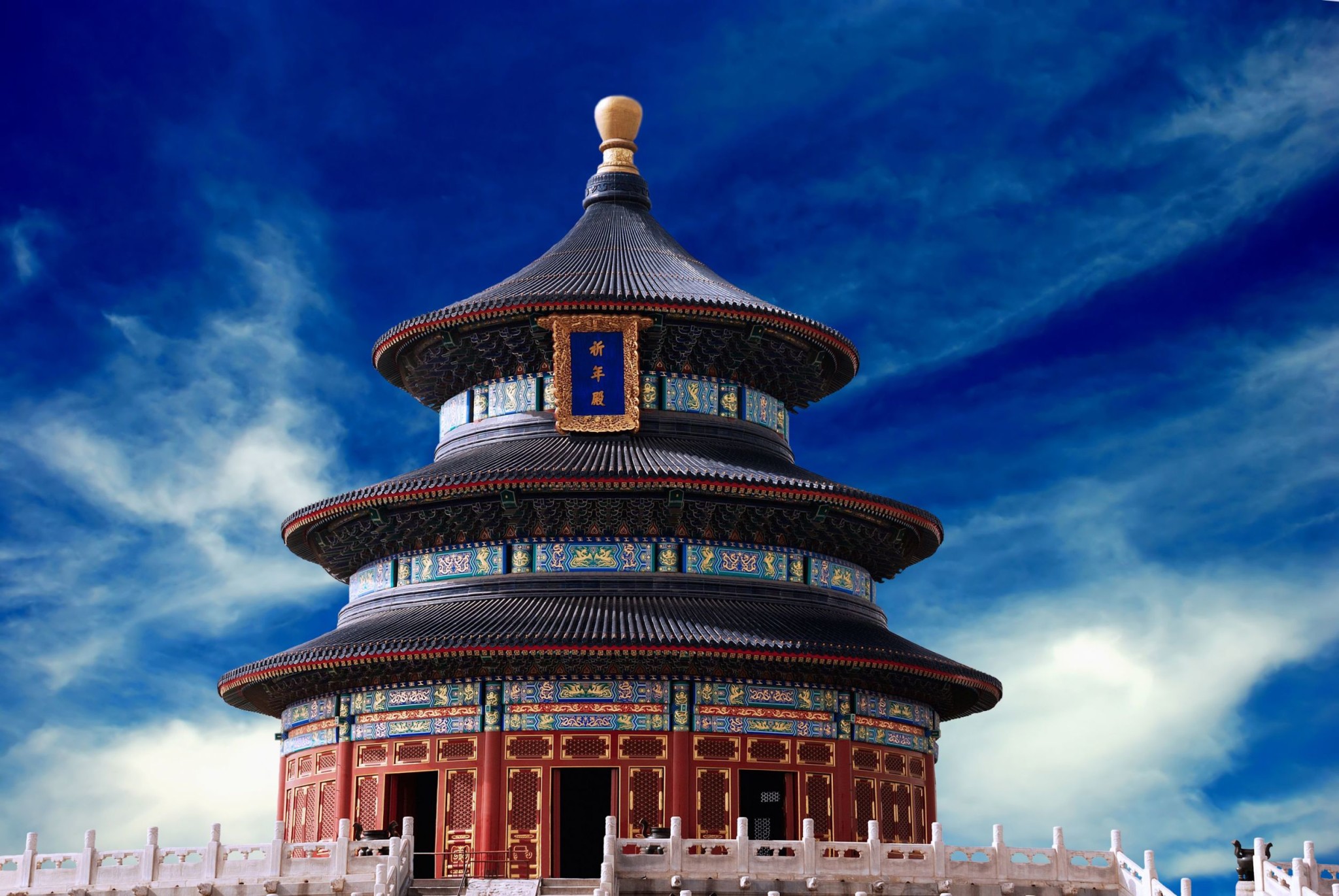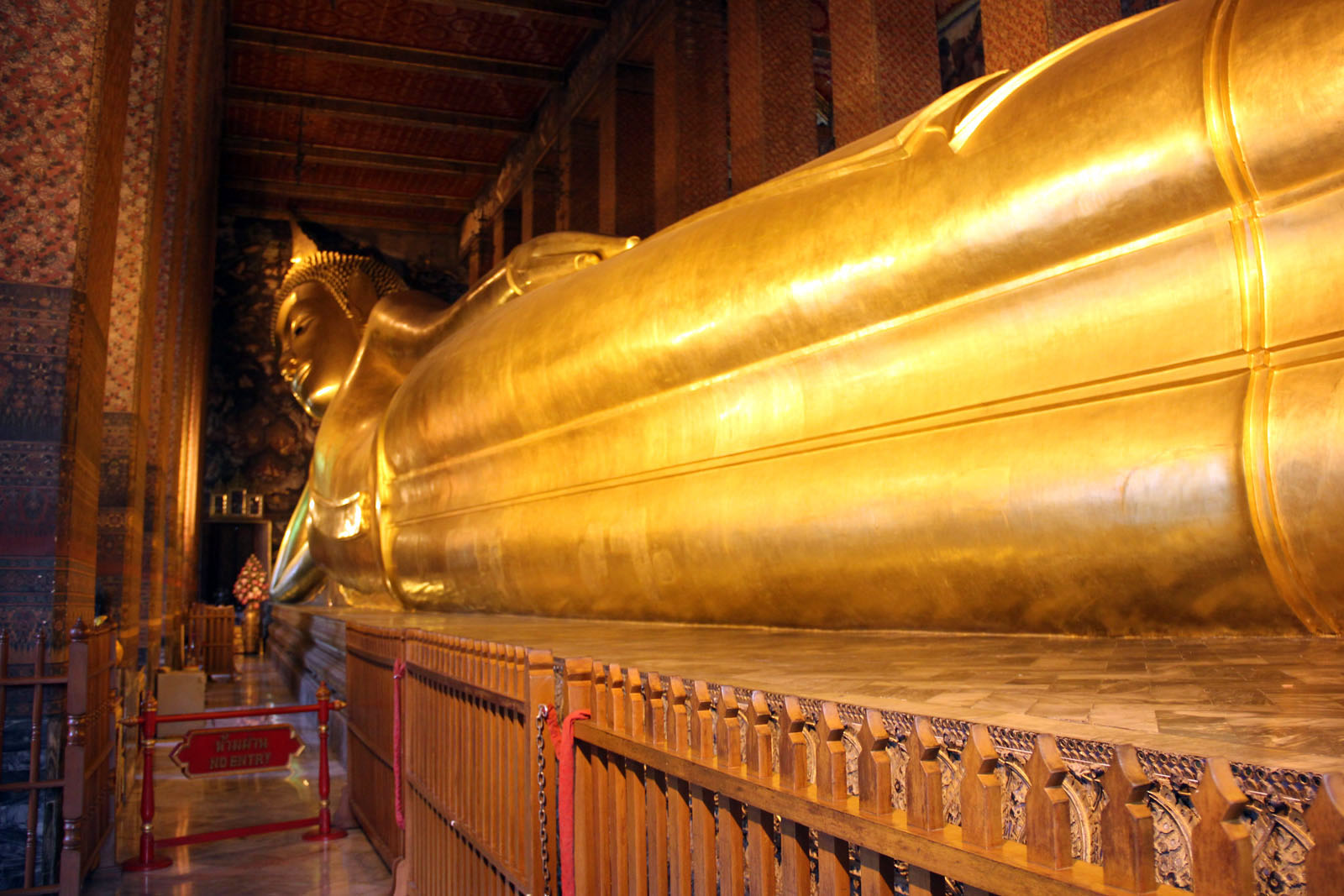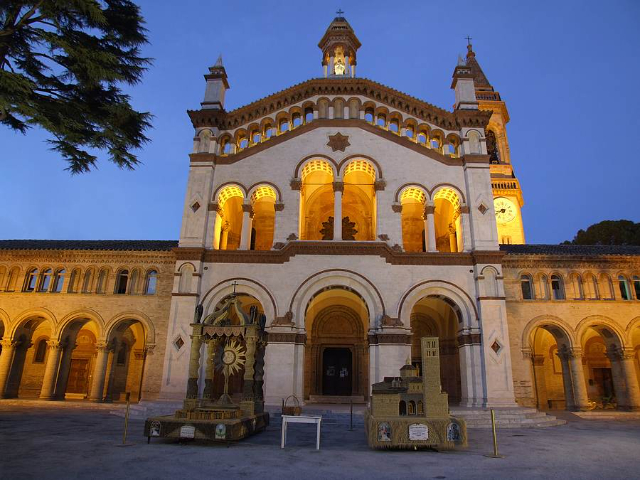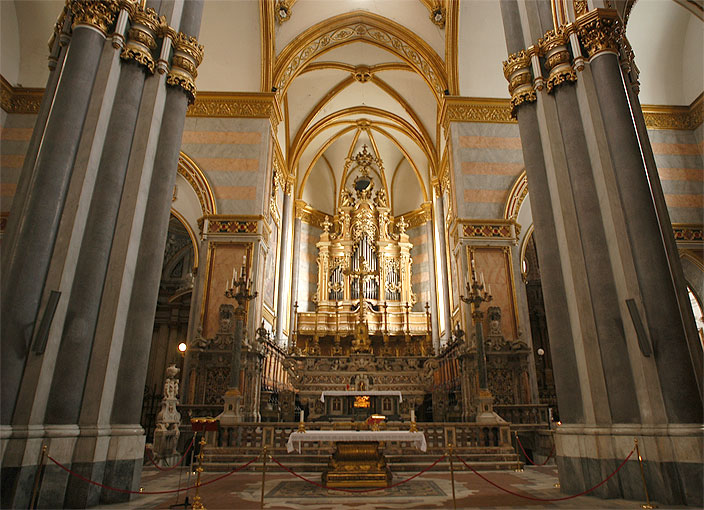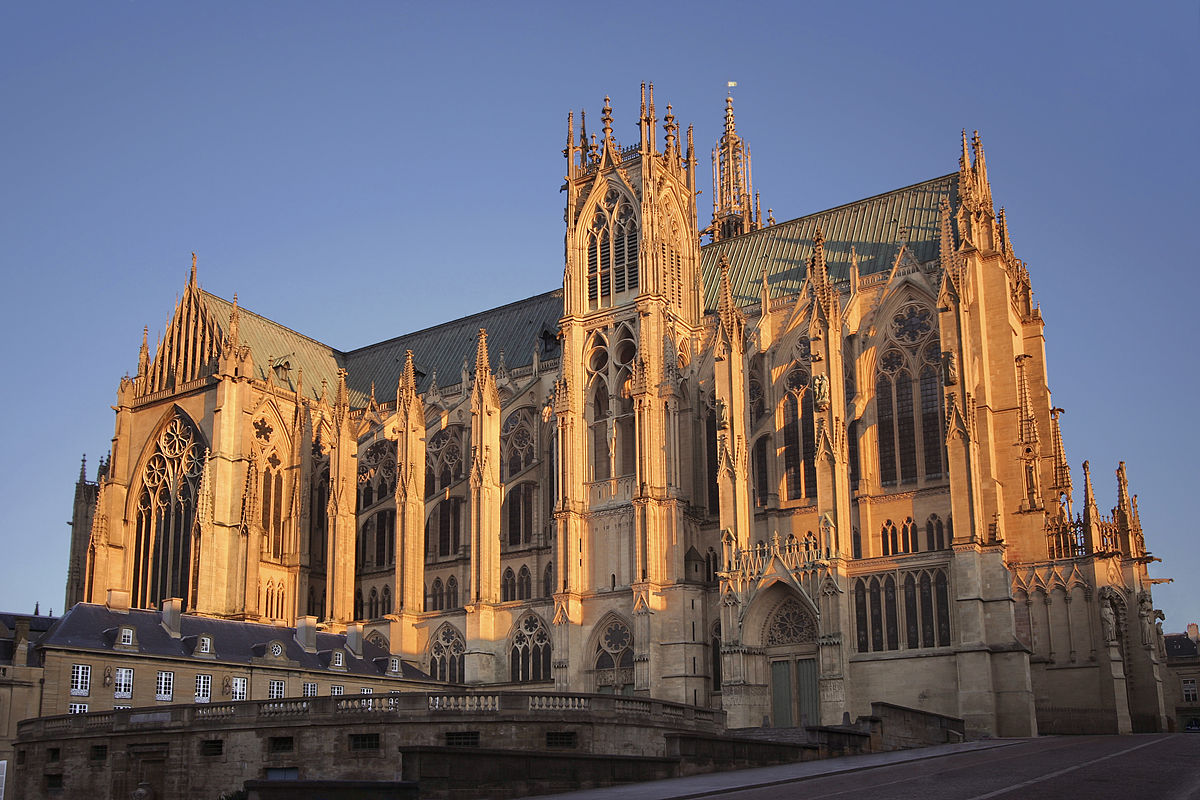Temple of Heaven is located in the south-east of the Forbidden City. It covers an area of 273 hectares which is four times larger than the Forbidden City. It was used to hold a memorial ceremony for the God in Winter Solstice Festival and to pray for harvest in the first month of the lunar year by the emperors in Ming and Qing dynasties. It is China’s existing largest structure for sacrifice to heaven. According to historical records, the history of ancient Chinese activities of formal worship heaven and earth can be dated back to the second millennium BC, which was in the Xia Dynasty. Ancient Chinese emperors claimed to be the “Son of Heaven”, they extremely respected the heaven. The history of each emperor regarded as a very important political activity of sacrifice the heaven and earth. And the worship building played a decisive role in the construction of imperial capital.
The temple complex was constructed from 1406 to 1420 during the reign of the Yongle Emperor of Ming Dynasty, who was also responsible for the construction of the Forbidden City in Beijing. It is currently located in Dongcheng Beijing, China. The complex was extended and renamed Temple of Heaven during the reign of the Jiajing Emperor in the 16th century. Jia ging also built three other prominent temples in Beijing, the Temple of the Sun (日壇) in the east, the Temple of Earth (地壇) in the north, and the Temple of Moon (月壇) in the west. The Temple of Heaven was renovated in the 18th century under the Qianlong Emperor. By then, the state budget was insufficient, so this was the last large-scale renovation of the temple complex in imperial times.
The Temple of Heaven was inscribed as a UNESCO World Heritage Site in 1998 and was described as "a masterpiece of architecture and landscape design which simply and graphically illustrates a cosmogony of great importance for the evolution of one of the world’s great civilizations…" as the "symbolic layout and design of the Temple of Heaven had a profound influence on architecture and planning in the Far East over many centuries."
